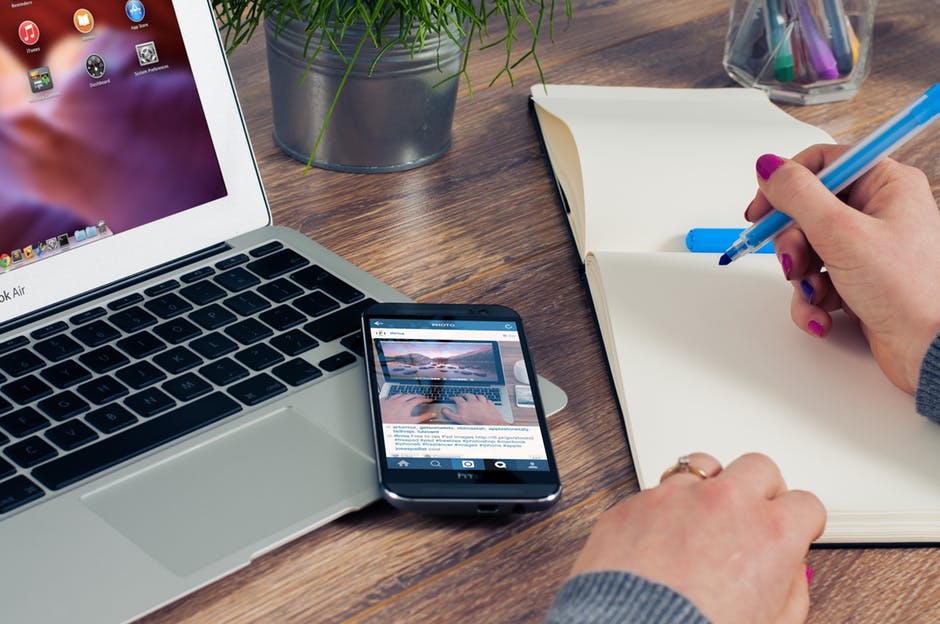Personalizing Learning: How to Tailor Your Teaching Approach to Individual Students
In today’s diverse classroom environment, one-size-fits-all teaching methods often fall short of meeting the unique needs of each student. Personalizing learning allows educators to tailor their teaching strategies to cater to their students’ individual strengths, interests, and learning styles. This approach enhances student engagement and fosters a deeper understanding of the material. Let’s explore how you can personalize learning in your classroom, creating a more effective and enjoyable educational experience for everyone involved.
Understanding Your Students
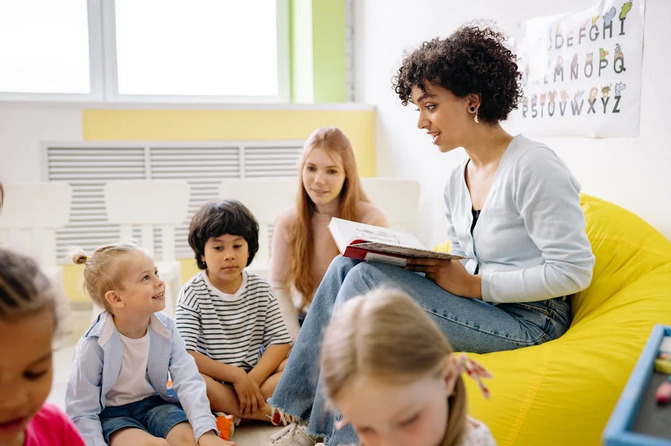
The first step in personalizing learning is to get to know your students better. Understanding their interests, strengths, and challenges will enable you to create a learning environment that resonates with them. Here are some ways to gain insights into your students:
- Surveys and Questionnaires: At the beginning of the school year or semester, distribute surveys to gather information about students’ interests, hobbies, and preferred learning styles. This will give you a solid foundation upon which to build.
- One-on-One Conversations: Take time to engage with students individually. These conversations can reveal their goals, aspirations, and any obstacles they face in learning.
- Observation: Pay attention to how students interact with each other and the material. Observing their behavior during different activities can provide valuable insights into their learning preferences.
Adapting Your Teaching Methods
Once you better understand your students, you can start tailoring your teaching methods to suit their needs. Here are some effective strategies to consider:
- Differentiated Instruction: This approach involves varying teaching methods and materials to accommodate different learning styles. For example, some students may benefit from hands-on activities, while others might prefer visual aids or lectures. By offering diverse instructional strategies, you can engage all learners effectively.
- Flexible Grouping: Group students based on their interests or abilities for specific projects or lessons. This allows them to collaborate with peers who share similar strengths, which can enhance their learning experience.
- Personalized Learning Plans: Create individualized learning plans that outline specific goals, resources, and strategies tailored to each student. These plans can be adjusted as students progress, ensuring they always work towards achievable yet challenging objectives.
Incorporating Technology
Technology can be a powerful ally in personalizing learning. Here are some ways to leverage it effectively:
- Learning Management Systems (LMS): Utilize LMS platforms that allow you to assign personalized tasks based on student performance. These systems often provide analytics to help you track progress and adjust your teaching methods accordingly.
- Online Resources and Tools: Encourage students to explore online resources that align with their interests and learning styles. Websites like Khan Academy, Duolingo, or even educational YouTube channels can provide supplementary materials that enhance their understanding.
- Interactive Apps and Games: Incorporate educational apps and games that adapt to individual skill levels. These tools can make learning fun and engaging while providing instant feedback to students.
Fostering a Supportive Environment
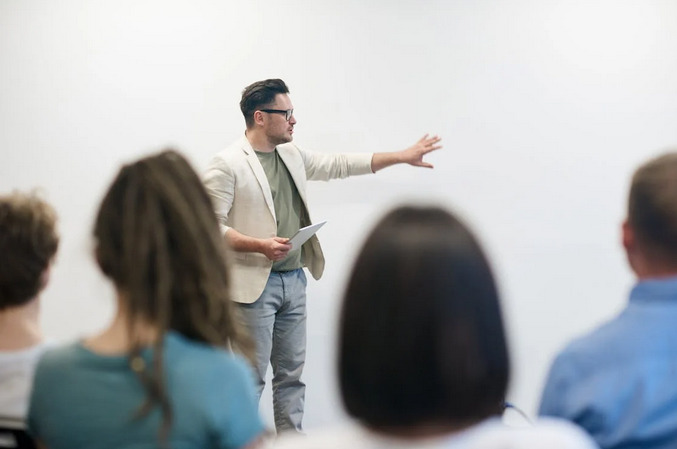
Creating a classroom environment that encourages personalized learning is essential. Here’s how you can foster such an atmosphere:
- Encourage Student Voice: Involve students in the decision-making process regarding their learning. Allow them to choose topics, projects, or even the format of their assessments. This sense of ownership can boost their motivation and engagement.
- Provide Constructive Feedback: Offer timely and specific feedback that helps students understand their strengths and areas for improvement. Celebrate their successes, no matter how small, to foster a growth mindset.
- Build Relationships:




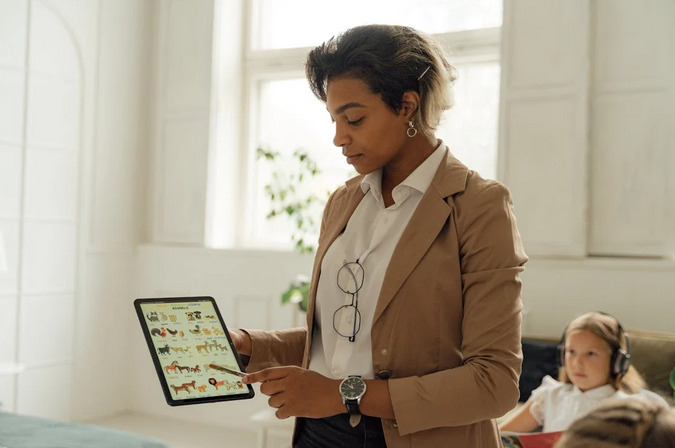

 When it comes to preparing for the ACLS certification exam, having the right study materials is essential. There are several options available that can help you effectively review and retain the necessary knowledge. One option is to use textbooks specifically designed for ACLS training. These books provide comprehensive information on topics such as cardiac arrest algorithms, pharmacology, and advanced life support techniques.
When it comes to preparing for the ACLS certification exam, having the right study materials is essential. There are several options available that can help you effectively review and retain the necessary knowledge. One option is to use textbooks specifically designed for ACLS training. These books provide comprehensive information on topics such as cardiac arrest algorithms, pharmacology, and advanced life support techniques. When it comes to preparing for the ACLS certification exam, online resources can be a valuable tool. With just a few clicks, you can access a wealth of information and study materials that can help you review and reinforce your knowledge. One popular online resource is the American Heart Association’s website. They offer interactive quizzes, practice exams, and even video tutorials to help you understand the core concepts of ACLS.
When it comes to preparing for the ACLS certification exam, online resources can be a valuable tool. With just a few clicks, you can access a wealth of information and study materials that can help you review and reinforce your knowledge. One popular online resource is the American Heart Association’s website. They offer interactive quizzes, practice exams, and even video tutorials to help you understand the core concepts of ACLS.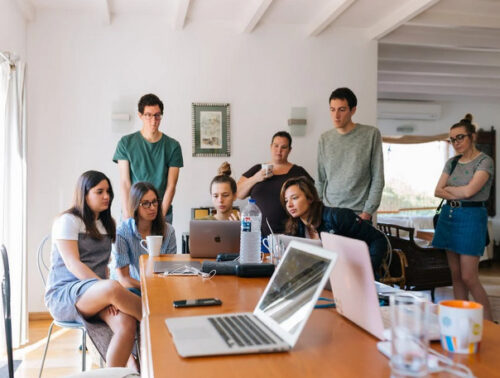

 Another tip for preparing for a pre-employment exam is to practice sample questions. Doing this will help give you an idea of what kind of questions may come up on the actual exam and help you develop strategies for tackling them. Additionally, practicing sample questions will help you become more familiar with the exam format and build up your confidence before taking it. This might be time-consuming, but it is an essential step in preparing for the exam. In fact, many popular online pre-employment tests already have sample questions available on their websites, so be sure to take advantage of these.
Another tip for preparing for a pre-employment exam is to practice sample questions. Doing this will help give you an idea of what kind of questions may come up on the actual exam and help you develop strategies for tackling them. Additionally, practicing sample questions will help you become more familiar with the exam format and build up your confidence before taking it. This might be time-consuming, but it is an essential step in preparing for the exam. In fact, many popular online pre-employment tests already have sample questions available on their websites, so be sure to take advantage of these.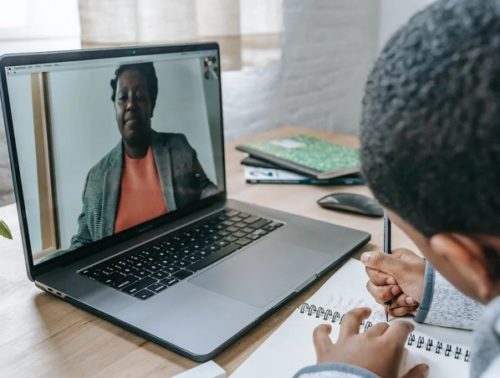
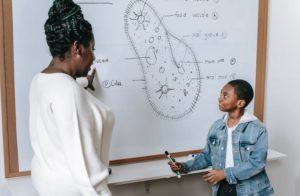 One of the most important things to remember when handling students is to remain patient with them. They’re here to learn, and that takes time. Don’t get frustrated if they don’t understand something right away. Instead, take a deep breath and explain it in a different way. Remember, you’re the tutor and you’re there to help. If you can remain patient with your students, they’ll be more likely to succeed.
One of the most important things to remember when handling students is to remain patient with them. They’re here to learn, and that takes time. Don’t get frustrated if they don’t understand something right away. Instead, take a deep breath and explain it in a different way. Remember, you’re the tutor and you’re there to help. If you can remain patient with your students, they’ll be more likely to succeed.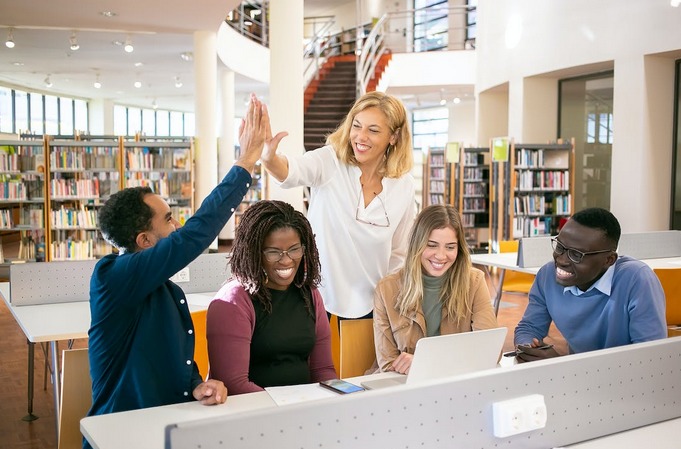 Finally, remember to reward students for their efforts. A little positive reinforcement can go a long way. When students see that their hard work is being recognized, they’ll be more likely to put in the extra effort. So, if a student does well on a quiz or test, …
Finally, remember to reward students for their efforts. A little positive reinforcement can go a long way. When students see that their hard work is being recognized, they’ll be more likely to put in the extra effort. So, if a student does well on a quiz or test, …
 Everyone has days where they seem to be able to focus on everything except the task at hand. Whether you are trying your hardest in school, working hard at your job, or even playing a sport, it isn’t easy when you don’t have enough mental energy and motivation. Still, you should be glad to know that pills for studying exist, and you can take full advantage of brain supplements that can make you focus better!
Everyone has days where they seem to be able to focus on everything except the task at hand. Whether you are trying your hardest in school, working hard at your job, or even playing a sport, it isn’t easy when you don’t have enough mental energy and motivation. Still, you should be glad to know that pills for studying exist, and you can take full advantage of brain supplements that can make you focus better! Everyone needs a little bit more memory in their lives! If you want to retain information well, then nootropics are the perfect brain supplements for you! You can get your hands on nootropics for studying that will help you remember more of the information that has been provided to you.
Everyone needs a little bit more memory in their lives! If you want to retain information well, then nootropics are the perfect brain supplements for you! You can get your hands on nootropics for studying that will help you remember more of the information that has been provided to you.
 It is essential to also consider the reputation of a health and
It is essential to also consider the reputation of a health and  The last important thing you should look into is the price of a health and safety training course. It does not matter how much a company charges for its courses, but what they offer in return matters. If you find an online training course at $20 per person, don’t expect them to provide a real-life experience like visiting your site or reviewing your current policies and procedures.
The last important thing you should look into is the price of a health and safety training course. It does not matter how much a company charges for its courses, but what they offer in return matters. If you find an online training course at $20 per person, don’t expect them to provide a real-life experience like visiting your site or reviewing your current policies and procedures.


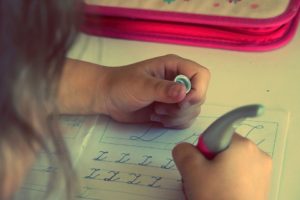 When you are a student, you already understand the risks of writing and submitting copied content. In other words, it is crucial to realize that there are severe risks associated with providing copied content. When you want to complete your homework quickly, make sure you are working with certified homework writers.
When you are a student, you already understand the risks of writing and submitting copied content. In other words, it is crucial to realize that there are severe risks associated with providing copied content. When you want to complete your homework quickly, make sure you are working with certified homework writers. When hiring a professional homework writing company, make sure you take your time and consider the rates. While making your selection, you will find out most academic companies charge a reasonable amount of money to complete your work. But since these companies charge different amounts based on their services, you will find a company that provides affordable homework writing services.
When hiring a professional homework writing company, make sure you take your time and consider the rates. While making your selection, you will find out most academic companies charge a reasonable amount of money to complete your work. But since these companies charge different amounts based on their services, you will find a company that provides affordable homework writing services.
 A lot of people love Reiki because it allows them to relax by expelling tension from the body. Moreover, energy transfer can make you feel relaxed and peaceful. This allows you to reflect on your life. When you seek Reiki treatment regularly, you help promote consistent energy flow. Thus, you will experience less stress, promote mental clarity, and minimize the physical pain. You should note that if the energy passageways get blocked, you cannot have positive energy flowing to different parts that result in fear, pain, mood swings, and pain.
A lot of people love Reiki because it allows them to relax by expelling tension from the body. Moreover, energy transfer can make you feel relaxed and peaceful. This allows you to reflect on your life. When you seek Reiki treatment regularly, you help promote consistent energy flow. Thus, you will experience less stress, promote mental clarity, and minimize the physical pain. You should note that if the energy passageways get blocked, you cannot have positive energy flowing to different parts that result in fear, pain, mood swings, and pain.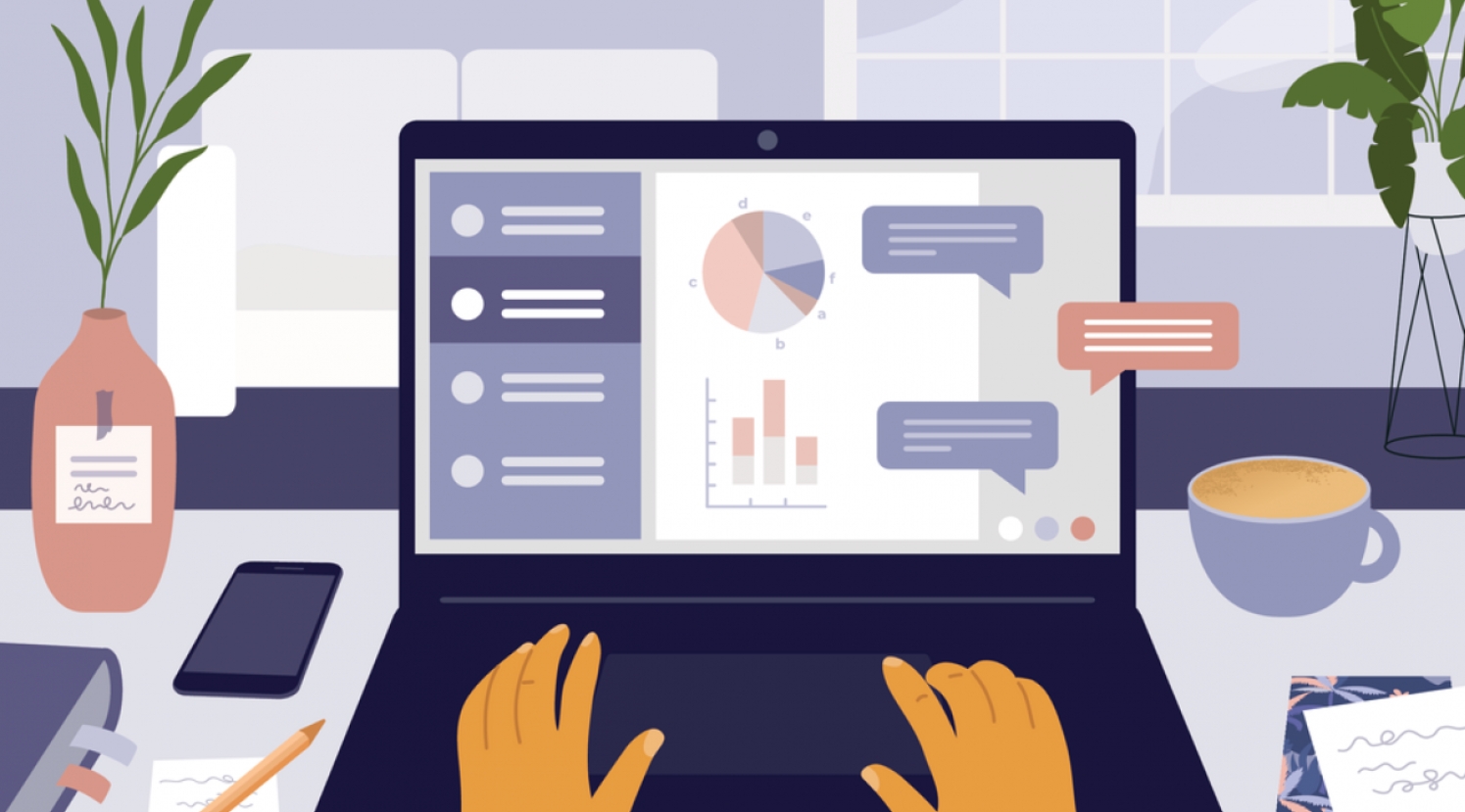
 The only way to guarantee success in accounting class is by getting a good grasp of the concepts. Unlike in many other classes, such as history, having a general idea of what you are supposed to learn is not enough. Keep in mind that concepts usually build up upon each other in accounting. That means that if you fail to grasp a concept, you are likely to struggle even more as the next concepts are introduced in class. You can read your textbooks over and over until you are sure you understand the concepts.
The only way to guarantee success in accounting class is by getting a good grasp of the concepts. Unlike in many other classes, such as history, having a general idea of what you are supposed to learn is not enough. Keep in mind that concepts usually build up upon each other in accounting. That means that if you fail to grasp a concept, you are likely to struggle even more as the next concepts are introduced in class. You can read your textbooks over and over until you are sure you understand the concepts.
 Our brain needs to exercise, too, just like our muscles. If they are not being used for a prolonged juncture, they could develop major neurological problems like Alzheimer’s and Dementia. Fortunately, word search games can be classified as brain exercise! Study findings have found that older people who participated in brain exercises are less likely to develop Alzheimer’s disease. Who would have thought right?
Our brain needs to exercise, too, just like our muscles. If they are not being used for a prolonged juncture, they could develop major neurological problems like Alzheimer’s and Dementia. Fortunately, word search games can be classified as brain exercise! Study findings have found that older people who participated in brain exercises are less likely to develop Alzheimer’s disease. Who would have thought right?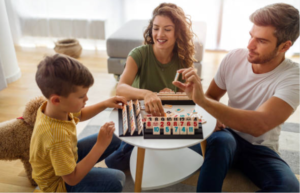 Life is not just about doing our jobs. Being present for your family is also an essential element in our lives. Being able to laugh and socialize is a good way to loosen up from all of the work and stress that comes from the workplace. Bond over playing some games while also keeping your brain actively developed. What more can we say? It is a win-win solution!
Life is not just about doing our jobs. Being present for your family is also an essential element in our lives. Being able to laugh and socialize is a good way to loosen up from all of the work and stress that comes from the workplace. Bond over playing some games while also keeping your brain actively developed. What more can we say? It is a win-win solution!
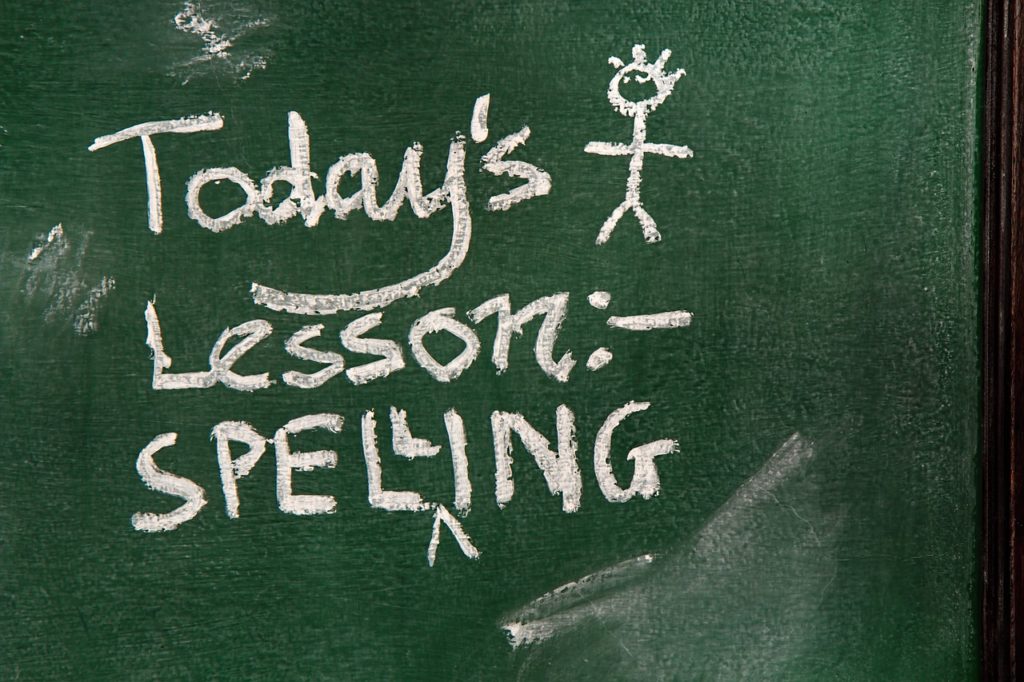

 In some situations, no matter how we want to be independent, we still need the help of others. In cases of assignments, you have to look for someone who can do it for you while you are busy with other important activities or requirements. You can look for urgent assignment help over the internet, and you can have your homework done.
In some situations, no matter how we want to be independent, we still need the help of others. In cases of assignments, you have to look for someone who can do it for you while you are busy with other important activities or requirements. You can look for urgent assignment help over the internet, and you can have your homework done. You have to go over your assignment before submitting it to your teacher. If it is a writing piece, check for plagiarism. You may also have something to add that will make your assignment better. If you think it is good enough to merit you a high grade, you can now submit it.
You have to go over your assignment before submitting it to your teacher. If it is a writing piece, check for plagiarism. You may also have something to add that will make your assignment better. If you think it is good enough to merit you a high grade, you can now submit it.
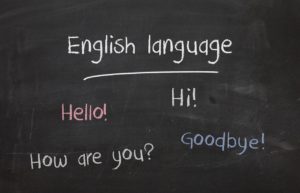 English is used in many regions in the world and is the universal language. While conversational English can help you understand certain parts of the language better, written English uses different vocabulary and grammar rules. Academic English is typically used in professional contexts and often has a more formal tone, which can be difficult if you only have experience with informal or “conversational” English. Although you need to have a good grasp of formal English and a strong grasp of the grammar and vocabulary of English, there are certain things you can do to become more confident with academic English in your studies.
English is used in many regions in the world and is the universal language. While conversational English can help you understand certain parts of the language better, written English uses different vocabulary and grammar rules. Academic English is typically used in professional contexts and often has a more formal tone, which can be difficult if you only have experience with informal or “conversational” English. Although you need to have a good grasp of formal English and a strong grasp of the grammar and vocabulary of English, there are certain things you can do to become more confident with academic English in your studies.
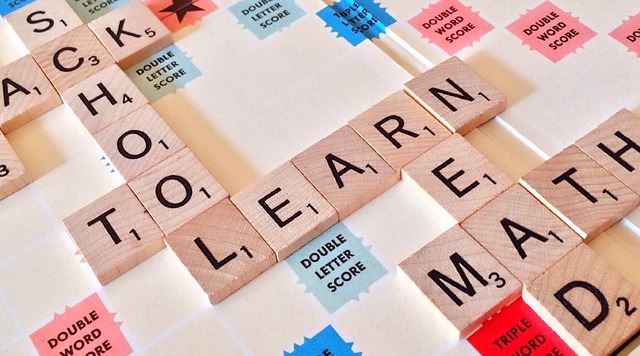
 A child can be taught how to play scrabble by the time he learns how to read and write while a senior may still be able to play this word game if he still has intact cognitive, sensory, and motor functions. Because scrabble involves forming words from given letters, it enhances your brain to come up with words from the provided letters. It also helps you to strategize to score better.
A child can be taught how to play scrabble by the time he learns how to read and write while a senior may still be able to play this word game if he still has intact cognitive, sensory, and motor functions. Because scrabble involves forming words from given letters, it enhances your brain to come up with words from the provided letters. It also helps you to strategize to score better.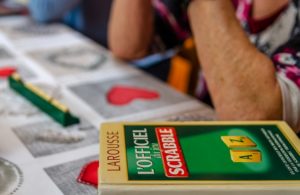 Children are said to have a short concentration span. Introducing scrabble to them before they go to school can help them know how to focus on a given task and be creative in fulfilling these tasks to get the best results.
Children are said to have a short concentration span. Introducing scrabble to them before they go to school can help them know how to focus on a given task and be creative in fulfilling these tasks to get the best results.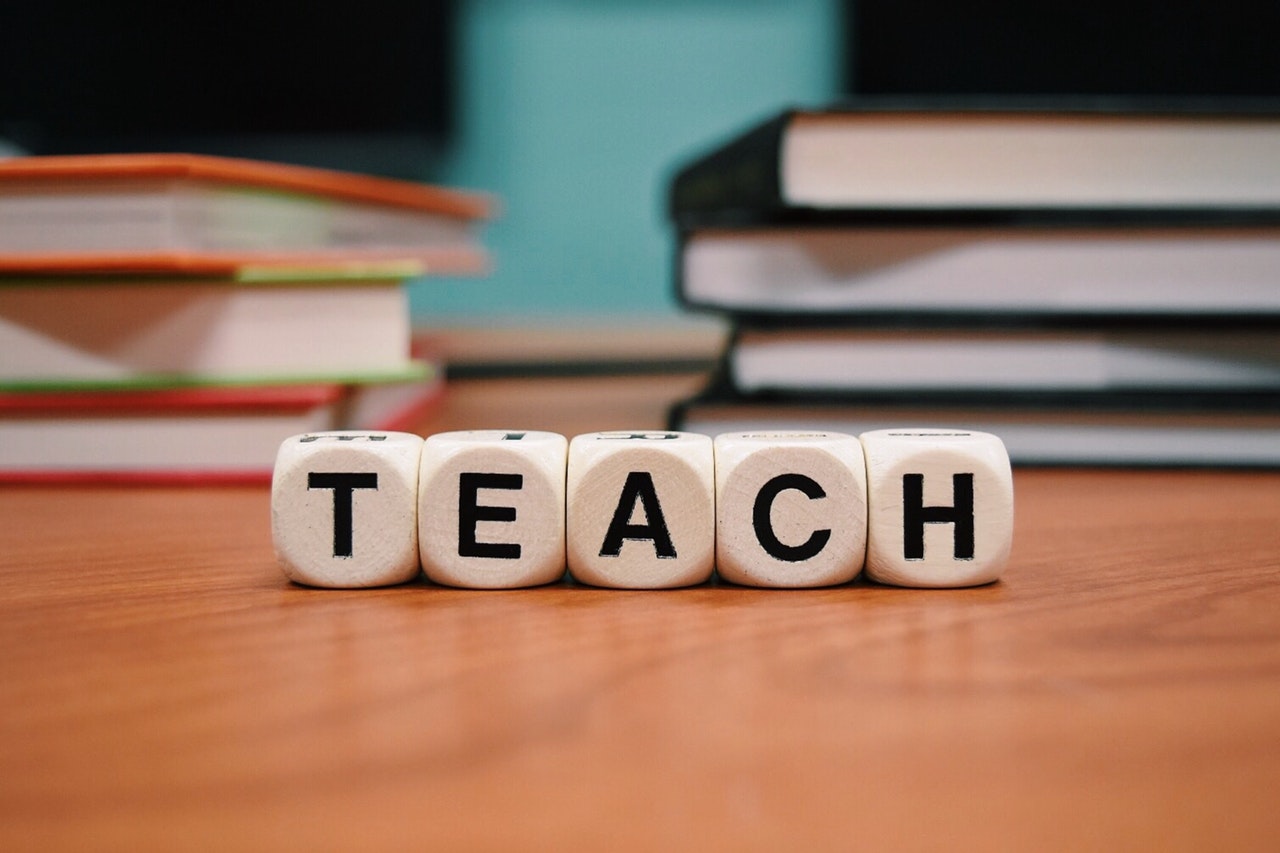
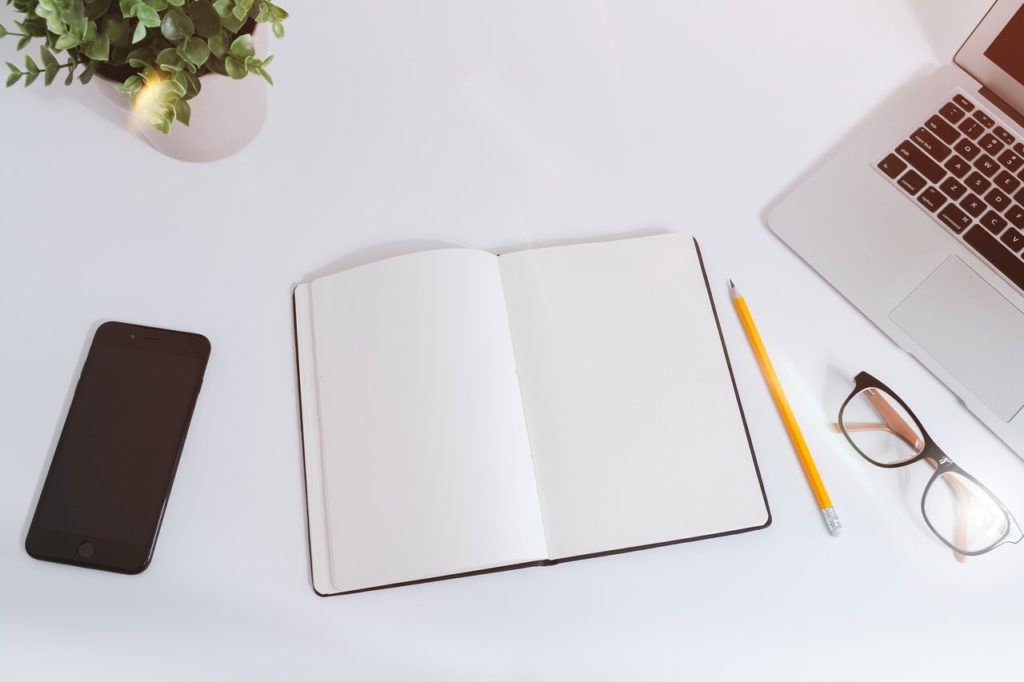


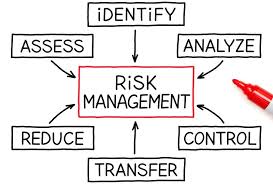 The first step is to determine the points of weakness. Determining the vulnerable areas in your business requires a lot of awareness. When identifying the areas of weakness in your business, you will be required to ask a lot of questions.
The first step is to determine the points of weakness. Determining the vulnerable areas in your business requires a lot of awareness. When identifying the areas of weakness in your business, you will be required to ask a lot of questions.


 as you learn at the same time when you take an online course. Regular classes require your physical presence which proves to be a challenging task for most people out there. Taking an online course makes it easy for you to balance work and learning.
as you learn at the same time when you take an online course. Regular classes require your physical presence which proves to be a challenging task for most people out there. Taking an online course makes it easy for you to balance work and learning.
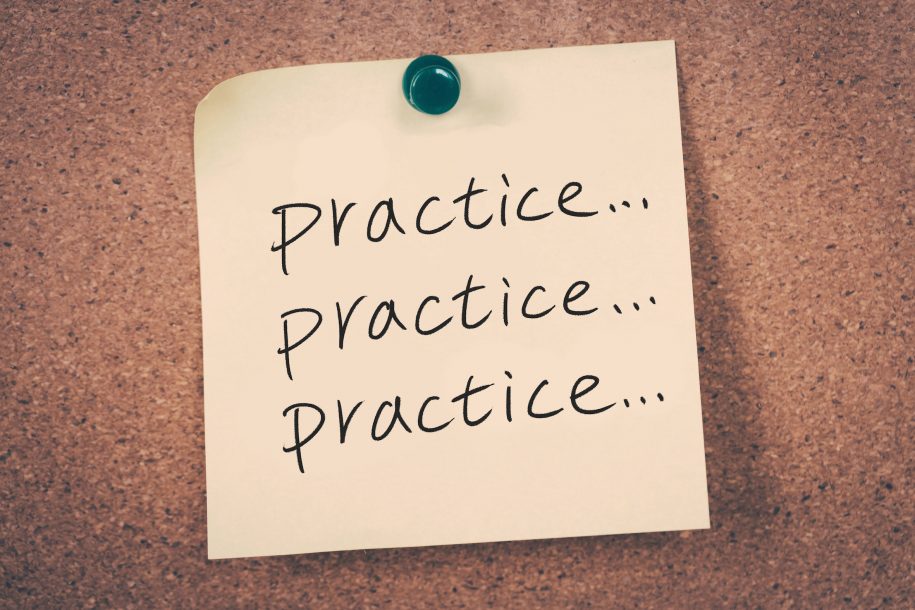
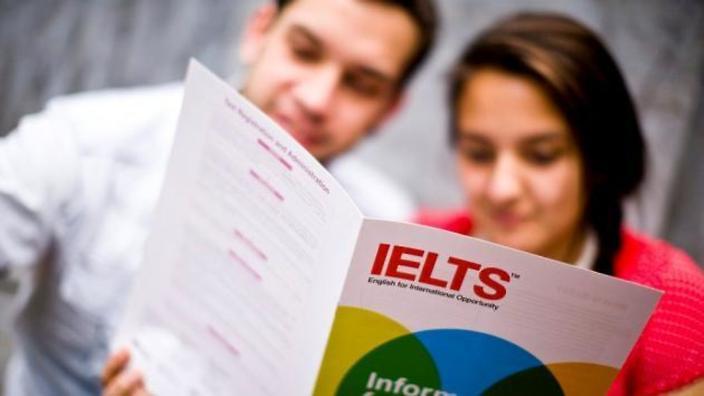


 It was common for employees to note data entries manually on a sheet of paper. However, as technological advancements became inevitable in less than twenty years, the manual ways of data management and storage started to give way to digital platforms that served to reduce the risks of human error. It was when Microsoft Excel was invented and developed to change the entire course. This program is indeed an excellent option for companies that need platforms to store and manage data. Note that hundreds of new entries need to be administered well daily to make sure the workflow is efficient enough. Excel contains more than one million rows and sixteen thousand columns. The numbers prove that the program is indeed an excellent choice since it stores a large amount of data.
It was common for employees to note data entries manually on a sheet of paper. However, as technological advancements became inevitable in less than twenty years, the manual ways of data management and storage started to give way to digital platforms that served to reduce the risks of human error. It was when Microsoft Excel was invented and developed to change the entire course. This program is indeed an excellent option for companies that need platforms to store and manage data. Note that hundreds of new entries need to be administered well daily to make sure the workflow is efficient enough. Excel contains more than one million rows and sixteen thousand columns. The numbers prove that the program is indeed an excellent choice since it stores a large amount of data.




 Most of the scheduling software program usually offer mobile accessibility. This allows employees to view the schedules remotely anytime. Employees can even set up the portal before the shift begins to send email notifications within a given set time. These help to reduce issues with workers forgetting shifts or misreading schedules. This way, your company can operate seamlessly and employees will also benefit from their downtime.
Most of the scheduling software program usually offer mobile accessibility. This allows employees to view the schedules remotely anytime. Employees can even set up the portal before the shift begins to send email notifications within a given set time. These help to reduce issues with workers forgetting shifts or misreading schedules. This way, your company can operate seamlessly and employees will also benefit from their downtime.
 industry. When you undergo the defensive driving course, there are a lot of driving strategies you will learn and they will help you to overcome a lot of serious issues that might happen while driving.
industry. When you undergo the defensive driving course, there are a lot of driving strategies you will learn and they will help you to overcome a lot of serious issues that might happen while driving. When driving around, one of the most important things you need to aim at is improving on your driving skills. But if you follow the given traffic regulations and rules diligently, your driving skills will improve. But it is essential to consider the defensive driving because it will teach you all the critical information you need and thus enhance your driving skills.…
When driving around, one of the most important things you need to aim at is improving on your driving skills. But if you follow the given traffic regulations and rules diligently, your driving skills will improve. But it is essential to consider the defensive driving because it will teach you all the critical information you need and thus enhance your driving skills.…

 How an organization lets their employees go matters a lot. An organization that does not care about the welfare of their employees after the job ends suffers both internally and externally. For instance, employees that remain will start looking for openings in competing firms. Outplacement services, however, makes employees feel appreciated. This goes a long way in improving the image of the company as an organization that cares.
How an organization lets their employees go matters a lot. An organization that does not care about the welfare of their employees after the job ends suffers both internally and externally. For instance, employees that remain will start looking for openings in competing firms. Outplacement services, however, makes employees feel appreciated. This goes a long way in improving the image of the company as an organization that cares.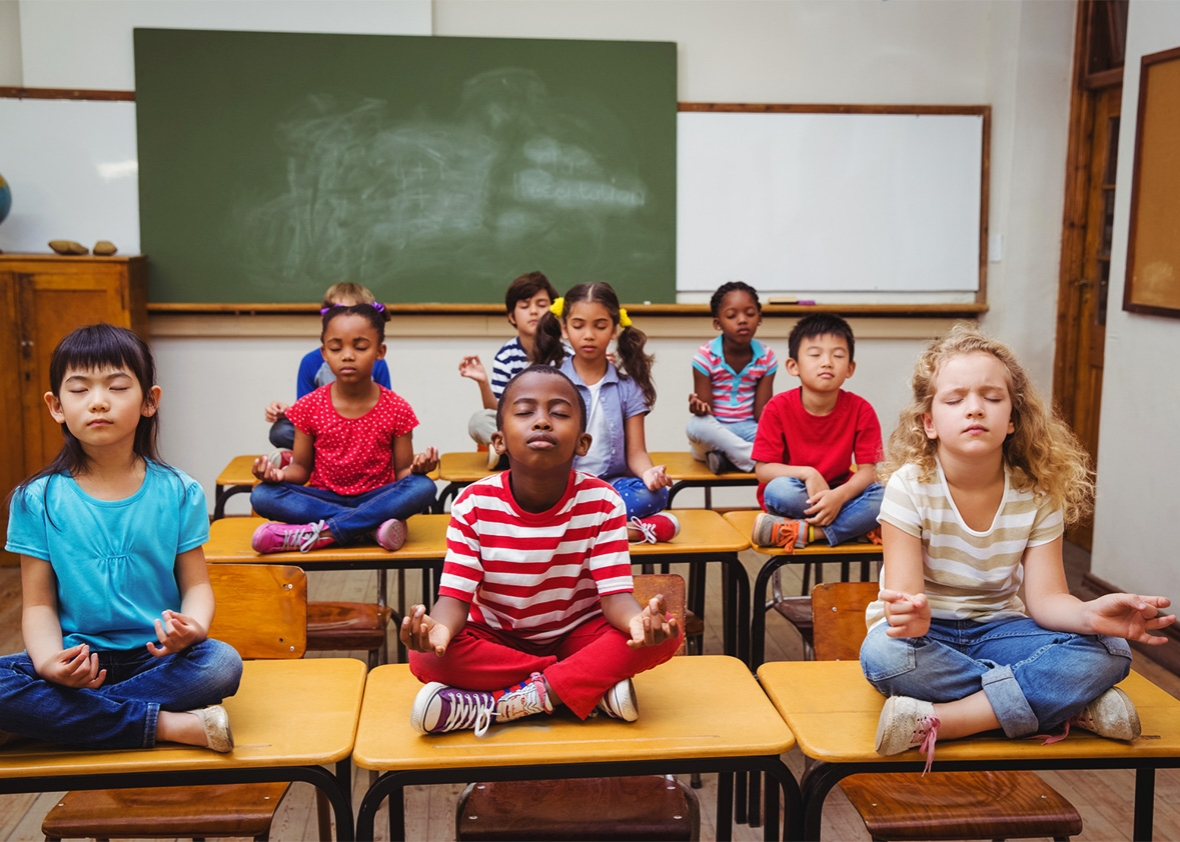
 It is important to determine the curriculum the school offers before you choose a school for your child. The curriculum is all about the way learning is done. The method of learning will determine the way kids respond and grow.
It is important to determine the curriculum the school offers before you choose a school for your child. The curriculum is all about the way learning is done. The method of learning will determine the way kids respond and grow. Teachers have a great influence on the performance of children. If you the school has qualified and experienced teacher, then it will be easy to transfer knowledge to children. Before you enroll your child in any school, make sure that you ask about the qualification and experience of the teachers. The teacher to student ratio should also be low to make sure that all the children get the attention of teachers.
Teachers have a great influence on the performance of children. If you the school has qualified and experienced teacher, then it will be easy to transfer knowledge to children. Before you enroll your child in any school, make sure that you ask about the qualification and experience of the teachers. The teacher to student ratio should also be low to make sure that all the children get the attention of teachers.
 It is quite important for you to know your talents when choosing a job. Make sure you go for something that you are good at for maximum output. You can relate your natural abilities with the job if they do not directly merge. A person who is passionate about technology can work better in this field than an individual who has the highest qualifications but does not have the drive or talent. Most people fail in life because they fail to transform what they are gifted into careers. When you do what you love, it leads to a much more career. Therefore, try to analyze your skills before choosing a given job.
It is quite important for you to know your talents when choosing a job. Make sure you go for something that you are good at for maximum output. You can relate your natural abilities with the job if they do not directly merge. A person who is passionate about technology can work better in this field than an individual who has the highest qualifications but does not have the drive or talent. Most people fail in life because they fail to transform what they are gifted into careers. When you do what you love, it leads to a much more career. Therefore, try to analyze your skills before choosing a given job.